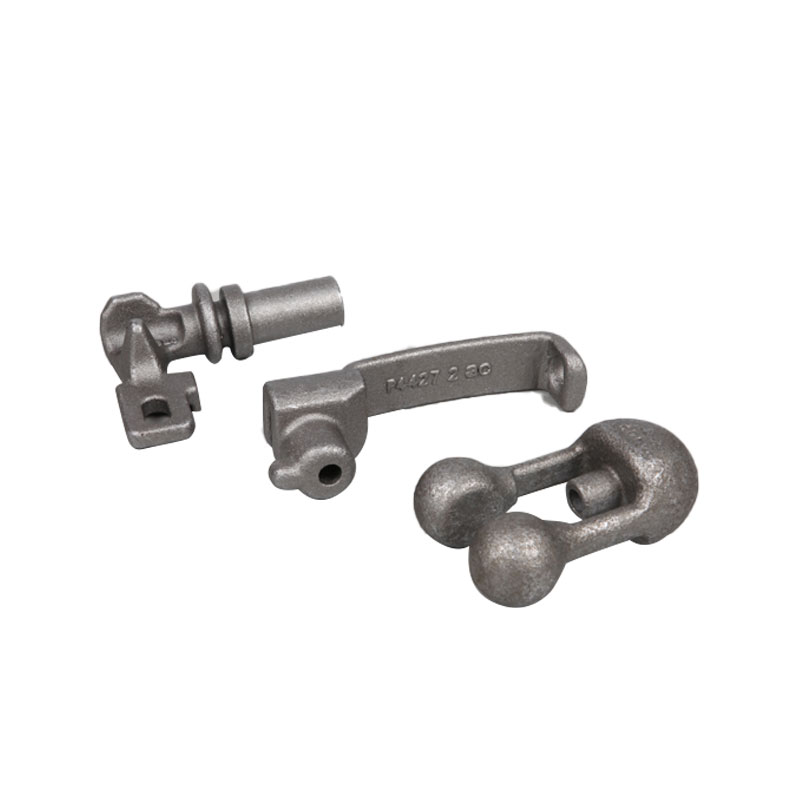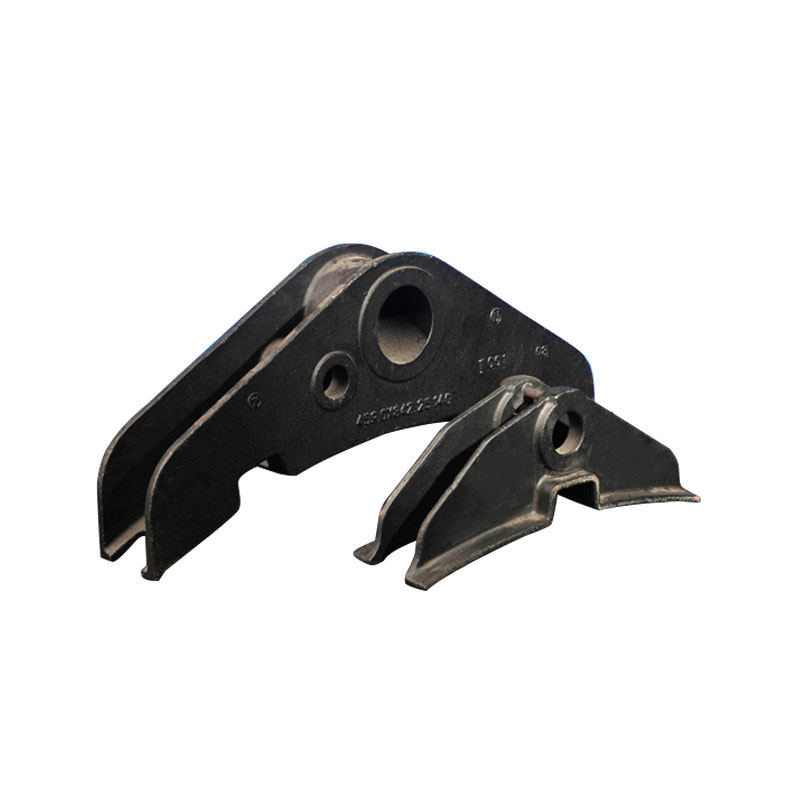The cooling rate during the casting of steel can vary s […]
The cooling rate during the casting of steel can vary significantly depending on several factors, including the casting method, the size and geometry of the casting, and the alloy composition. Controlling the cooling rate is crucial because it can impact the microstructure and mechanical properties of the final cast steel component. Here are some factors that influence the cooling rate:
1.Casting Method:
Sand Casting: Sand casting generally offers a slower cooling rate due to the insulating properties of the sand mold. The cooling rate can vary depending on factors such as the type of sand used and the thickness of the mold.
Die Casting: Die casting typically provides a relatively fast cooling rate because the steel comes into direct contact with the cold die cavity, promoting rapid solidification.
Investment Casting: The cooling rate in investment casting can vary but is often moderate due to the insulating ceramic shell surrounding the wax pattern.
2.Casting Size and Thickness:
Larger and thicker castings tend to cool more slowly than smaller and thinner ones because it takes more time for heat to dissipate through the entire mass of the casting.
3.Mold Material:
The thermal conductivity of the mold material affects the cooling rate. Materials with lower thermal conductivity, such as ceramics, insulate the casting, resulting in slower cooling. Materials with higher thermal conductivity, such as metal dies, can facilitate faster cooling.
4.Cooling Media:
In some cases, cooling media, such as water or air, may be used to accelerate the cooling rate. Quenching in water, for example, can rapidly cool the steel and achieve specific desired properties, as in quench and temper processes.
5.Alloy Composition:
The alloy composition of the steel can also influence the cooling rate. Some alloying elements can retard or accelerate the solidification process, affecting the cooling rate and microstructure.
6.Heat Transfer:
Factors like the design of the casting, the presence of risers and gating systems, and the use of insulating materials can all affect the heat transfer and, consequently, the cooling rate.
Controlling the cooling rate is critical to achieving the desired microstructure and mechanical properties in cast steel components. Rapid cooling can result in a fine-grained structure and increased hardness, while slower cooling can lead to coarser grains and improved toughness. The specific cooling rate required for a given casting will depend on the material specifications and the application's requirements.
In some cases, post-casting processes like heat treatment may be used to further manipulate the microstructure and properties of the cast steel, regardless of the initial cooling rate during casting. These processes can include annealing, normalizing, quenching, and tempering, as mentioned in previous responses.
https://www.tosing-casting.com/



